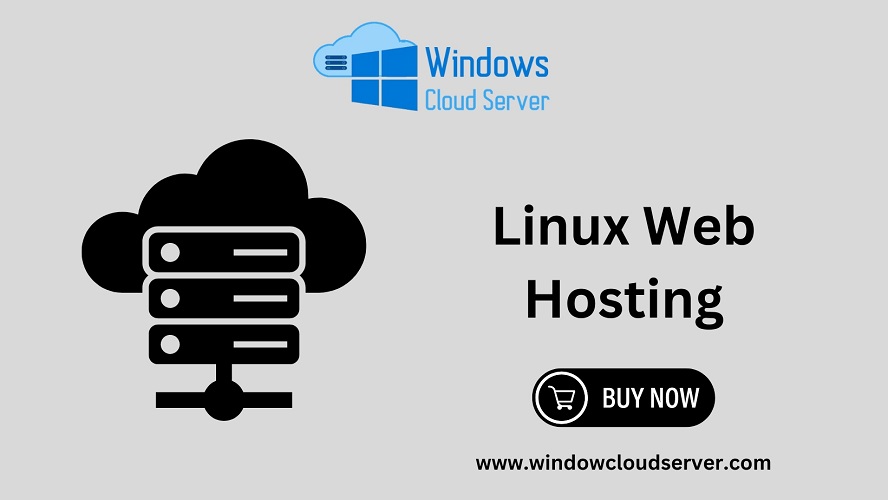They enable the storage, retrieval, and manipulation of data and serve as the foundation for innumerable applications. This comprehensive manual delves into the complex realm of setting up, running, and protecting databases for Linux web hosting. This manual equips you with the knowledge and self-assurance necessary to successfully navigate this essential area of contemporary web development by offering significant insights and thorough step-by-step instructions.
Databases are the key to effective website management in the world of Linux web hosting. From personal blogs to e-commerce platforms and intricate data-driven applications, understanding the art of creating, managing, and securing databases is an indispensable skill that directly impacts performance and user experience.
Understanding Databases
At its core, a database is a digital repository that meticulously organizes structured data. The relational database type, exemplified by MySQL and PostgreSQL, is commonly embraced due to its versatility and power.
Creating Your Database
1. Choosing the Right DBMS: The selection of either MySQL or PostgreSQL hinges on your project’s particular requirements, factoring in considerations like stability and performance.
2. Accessing Management Interfaces: Seamlessly navigate the database landscape with the aid of user-friendly interfaces like phpMyAdmin. These platforms facilitate everything from database creation to executing intricate queries.
3. Strategic Database Design: Careful planning is necessary before even a single byte of data is stored. Create your database’s architecture by carefully describing the tables, fields, and connections between them.
Taking Care of Your Database
1. Users with Enhanced Security Privileges: Increase data security by carefully allocating user privileges. This controls access to data and protects against unauthorized intrusion.
2. Increasing Data Backups: Use routine and automatic backups as an insurance policy against any data loss. These backups act as a safety net, guaranteeing the maintenance of your priceless data.
3. Optimizing for Peak Performance: Regularly clean up your database environment by deleting unnecessary information and defragmenting tables. These optimization strategies culminate in heightened query performance and overall system efficiency.
Utilizing Your Database to Interact
1. Mastery of Structured Query Language (SQL): To efficiently communicate with your database, arm yourself with the fundamentals of SQL. This language possesses the ability to carry out operations including inserting, updating, and querying data.
2. Making use of Database APIs: Make use of the libraries that are provided by programming languages like PHP, Python, and Java to enable smooth interaction with databases. Due to these APIs, connecting your website to its database is a simple process.
Management of Databases with Scalability
1. Database replication: As information volume increases, databases may be replicated to unfold the workload and growth redundancy.
2. Caching techniques: By enforcing caching techniques, you may considerably reduce the quantity of database requests, to be able to appreciably accelerate your website as a whole.
Additional Database Security
1. User Authentication and Access Control: Ensure that best authorized people may additionally get entry to your database by way of imposing rigorous user authentication regulations and carefully controlling access privileges.
2. Data Encryption: Use encryption technology to save you unauthorized get right of entry to and change of your information at the same time as it is in transit and at rest.
3. Firewalls and Access barriers: By cautiously setting up firewalls and get admission to obstacles, it’s miles possible to growth safety while making unauthorized entry difficult.
Real-time monitoring and diligent renovation
1. Performance tracking: By constantly tracking overall performance signs with specialized gear, you can benefit knowledge of bottlenecks and areas that require optimization.
2. Planned Backups: Automate your backup method to assure steady records renovation and decrease the risk of information loss.
3. Testing for Changes in Controlled Environments: Adopt the practice of checking out modifications in managed environments earlier than deploying them to live databases. This proactive step guarantees a clean switch without unanticipated delays.
Strategic Migration and Database Recovery Resilience
1. Complete Backup Techniques: Use a nicely-rounded method that mixes incremental and full backups. This thorough method offers a solid framework for records recuperation.
2. Point-in-period Recovery: A critical defence in opposition to unanticipated mishaps is the capability to repair your database to a specific duration prior to records loss.
3. Understanding Data Migration: To reduce feasible downtime and ensure the integrity of the data, migrations require careful making plans. Successful migrations are without problems within reach with thorough mapping and careful testing.
Taking a Chance on New Database Trends
1. Entering NoSQL Databases: Explore NoSQL databases like MongoDB and Cassandra, which excel at handling large amounts of unstructured statistics, to live at the vanguard of database innovation.
2. Containerization and databases: Create portable, separated database environments that make deployment and scalability easier by way of using box technology like Docker.
Database Environment with User-Generated Content
1. Stringent Data Validation: Because your website carries consumer-generated content material, it’s miles crucial to apply stringent statistics validation techniques to save you fraudulent input from contaminating your database.
2. Caching for Optimization: Make use of caching strategies to improve performance with the aid of reducing the quantity of direct database queries.
Conclusion
The ability to build, administers, and secures databases on Best Linux web hosting is a always evolving talent within the big discipline of on-line development. You can also create a dependable and effective database environment through carefully following safety necessities, retaining an eye on overall performance and scalability, and making changes for transferring developments. As your on-line presence develops into greater than just a digital presence, your net development efforts could be effective due to this bolstered base.

